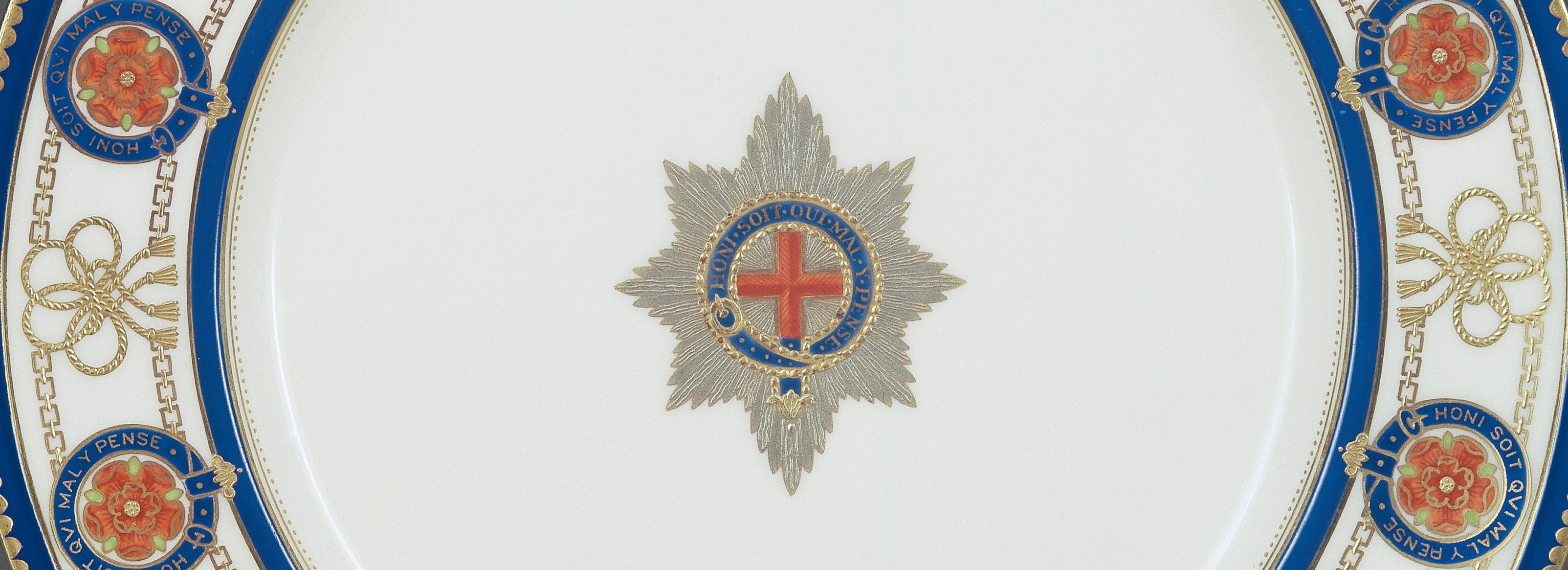
A Celebration of Platinum
Works of art in the Royal Collection that use the precious metal
Platinum Prints
Platinum has also been used as a material in another branch of the arts, and perhaps a more surprising one to some – photography. The platinum print process, or platinotype, involves the use of platinum salts and iron salts applied as a solution directly onto paper to eventually form a platinum metal-based image following exposure and processing. Because the light-sensitive solution sinks into the paper rather than being suspended in a layer on top it, the platinum process produces velvety matte images that are astonishing in their richness of tone.
Following the introduction of commercially available platinum printing paper in 1879, the platinum print flourished; photographers and connoisseurs admired it for both its greater stability (compared to silver-based printing processes, which can suffer fading and discolouration) and for its aesthetic qualities. The advent of World War One, however, saw restrictions on the use of platinum for non-military purposes and it became largely unavailable to photographers, and the subsequent increased costs associated with its production meant that use of the process significantly declined and stopped being used in the 1930s. However, the platinotype has seen a resurgence during the past few decades among fine art photographers, who usually prefer to personally hand-coat the paper as part of their creative and artistic image-making process.
The Royal Collection holds a magnificent collection of platinum prints from the process’s zenith. This selection illustrates the great skill and variety of techniques employed by photographers using the platinum process during the period c.1880-1930 to create outstandingly rich and beautiful images, ranging from formal portraits of members of the Royal Family, such as the photograph of Queen Elizabeth II as an infant with her grandmother, Queen Mary (shown here), to astonishingly technically-accomplished landscapes.







